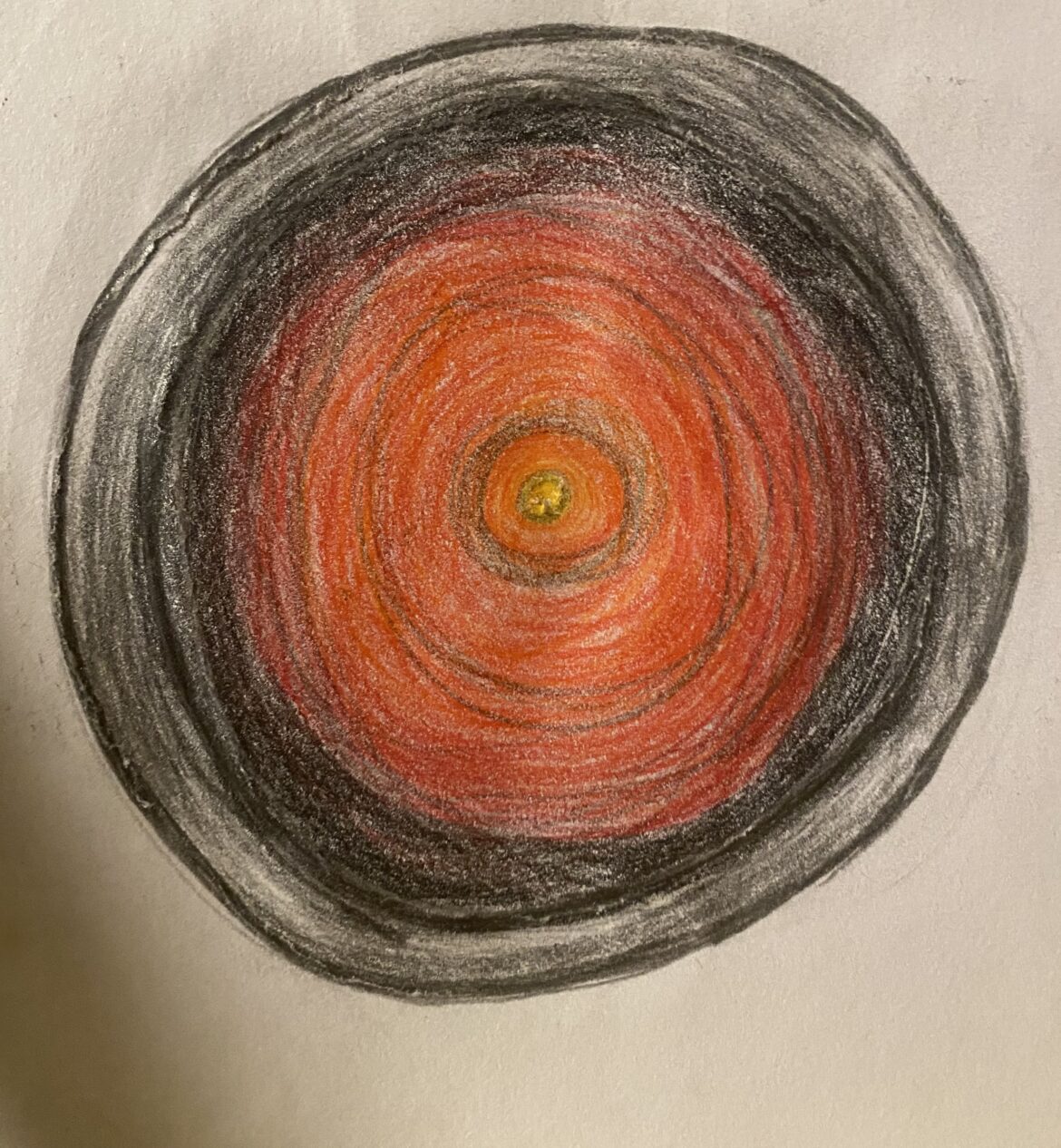Everyone knows the iconic theme of 2001: A Space Odyssey (1968). Those booming drums can make anyone feel alive. Stanley Kubrick, the writer and director of the film, created one of the greatest space stories ever told. Many of Kubrick’s films explore a theme of human-nature. He captures the essence of humanity not through dialogue, but through visual storytelling. 2001: A Space Odyssey has no dialogue until 20 minutes into the film. Despite this, the film still doesn’t consist of much speaking, but rather many long shots accompanied by music. It paints a powerful picture of technological and human evolution, juxtaposing the past and future.
The opening scene of the film is commonly referenced in cinema. The audience is introduced to a group of apes in the African Plains who are competing with other animals for food and water. These apes represent the first men. One day, the apes are awakened by an ominous hum, introducing the monolith. There’s no easy way to describe the monolith. It’s just kind of there; a black rectangular prism. This foreign technology frightens the apes at first, but soon they accept and even begin to worship it. With the monolith lingering, the apes seem to have a newfound knowledge, able to create tools from ape skulls and become more strategic hunters. One ape takes down their leader with the same tools that were used for hunting. The monolith has triggered evolution.
What started as a bone is now a spaceship. From prehistoric times to 2001, we see a shift in technology. Not only are tools more advanced, but Artificial Intelligence lives among humans. The audience is no longer on earth, they are in space. A spaceship full of numerous astronauts is headed to the moon. The film follows the astronauts as they search for other monoliths throughout the universe. It is unknown if the monoliths were placed by someone or something, but clearly their presence is able to advance societies.
When the astronauts land on the moon, coming face to face with a monolith, a haunting song plays. György Ligeti, a Hungarian-Austrian composer, has multiple pieces throughout the film. Overlapping voices get louder and louder, creating a cluster of numerous pitches and rhythms as the astronauts slowly approach the mysterious object. These atmospheric songs signify shifts throughout the film. With each monolith, comes a new era of enlightenment.
The haunting music that plays when a monolith is on screen, creates a sense of fear. This is purposeful, making us question technology and whether it is truly good. HAL 9000 (Douglas Rain), the Jupiter mission’s ship supercomputer, is artificially intelligent and experiences sentience, carrying his own conscience and personality. Throughout the film, it is made clear that the astronauts don’t fully understand HAL’s intentions. They are unsure if he truly has feelings, or if he is pretending to have human emotions. HAL’s character feels very lively while the astronauts on board feel very dull. Not only is his dialogue more lively and comical but there are numerous POV shots from his perspective. It’s as if he’s a person on the ship, with his own views and perspectives, making the AI more human than the humans themselves.
This question of HAL’s true intentions highlights a fear of technology and what it may possess. As technology advances, the possibility of AI developing feelings and sentience becomes more and more likely. Especially with ChatGPT now and artificially intelligent programs, jobs could be eliminated on a massive scale. The robots start to play the parts of humans, just as HAL does.
The ending sequence of the film follows David Bowman (Keir Atwood Dullea) as he finds himself in a liminal room, older than he was moments before. He eats a last meal, and then another version of himself dies in a bed in the center of the room. After Bowman dies, he is soon reborn as some sort of spiritual being, appearing as a baby. The music booms and he travels into a monolith that sits in the room. Acting as an interstellar gateway, Bowman experiences the cosmological phenomenon of birth, life, death, and rebirth.
Through the use of cinematography, symmetrical shots reflect the idea that the universe is symmetrical. That life is symmetrical. Birth and rebirth. The use of color is also widely important as well. HAL is the color red, symbolizing anger and aggression. At the end of the film, Bowman disconnects HAL, while wearing a red spacesuit in a red- tinted room on the ship. Bowman, himself, appears red. But red is not only a color of intensity: it’s also a color of life. Red is the color of blood, something that flows through all living things. Bowman becomes alive again at the end of the film.
2001: A Space Odyssey captures the drastic change in humanity once technology comes into the picture. Every monolith sparks a new era of understanding, building up to the ending sequence where Bowman fully understands all the universe has to offer. Through the use of visual storytelling, otherworldly music, and contrasting characters, evolution is captured in an artistic and creative way in this film, making it one of the most iconic sci-fi films ever made.
Maddy Dombrow is a first-year writing for film, tv and emerging media major who extensively studies monoliths after class. You can reach Maddy at mdombrow@ithaca.edu.

